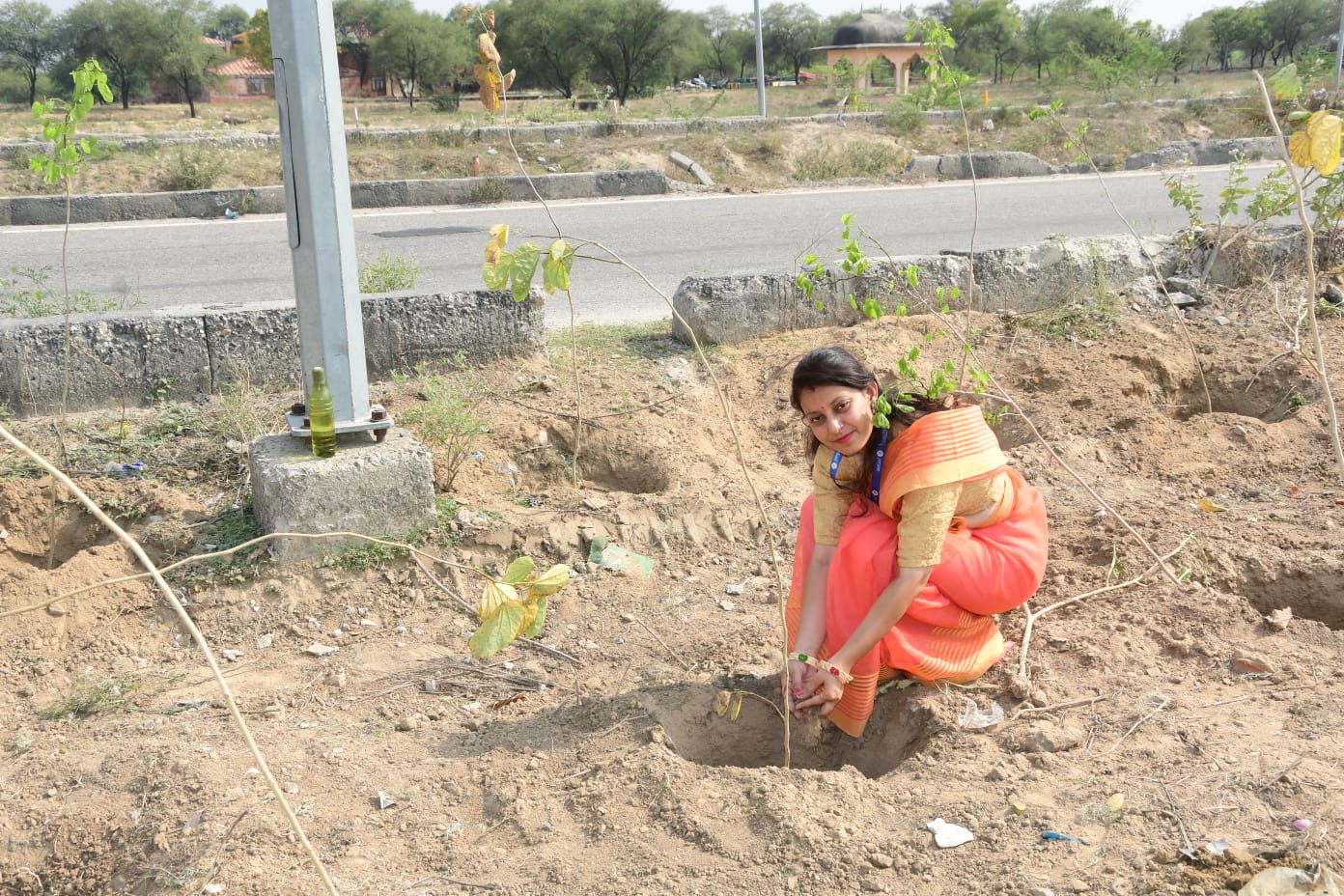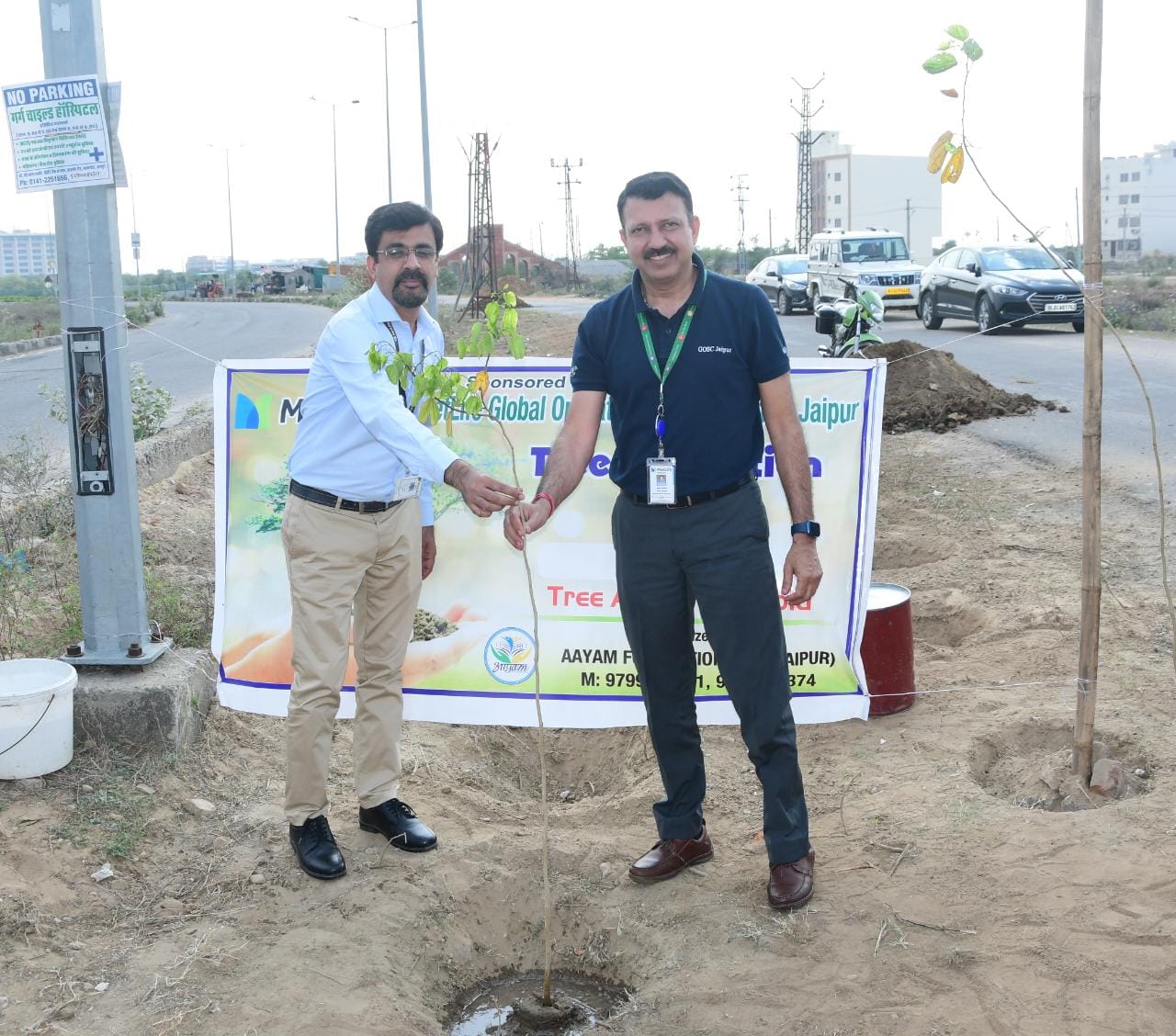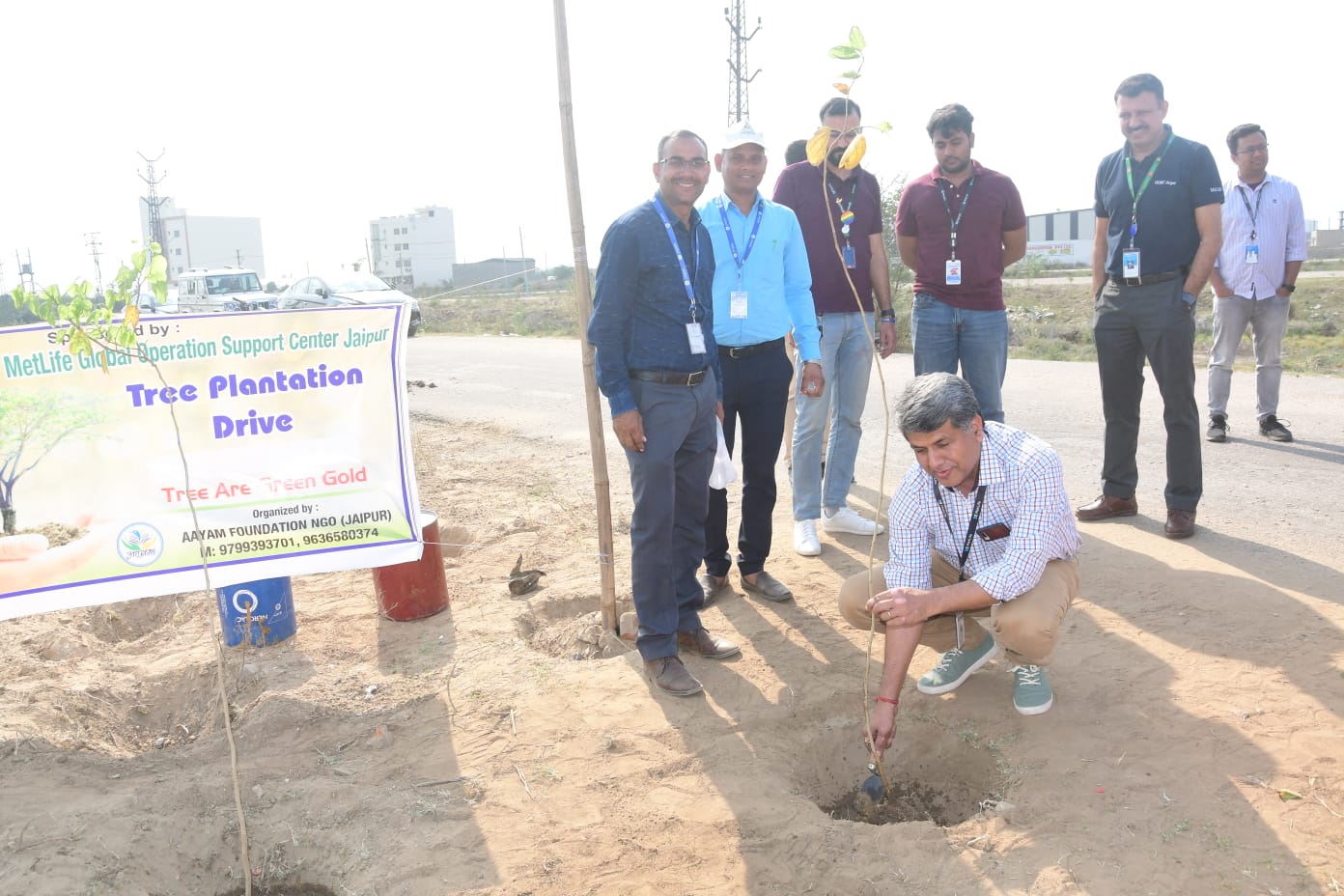Menu

Project for Environment
Make a change
According to the Intergovernmental Panel on Climate Change report released in August 2021, human-induced climate change has reached every corner of the planet, threatening to surpass 1.5 degrees Celsius (34.7 degrees Fahrenheit) of global warming within two decades. It was only possible to achieve such stark certainty by paying intense attention to detail throughout the project. The report portrays the most comprehensive picture yet of how human activity affects the climate, citing more than 14,000 studies and endorsed by 195 countries.


About the cause: Environment
In addition to addressing other types of stresses, climate stresses should also be addressed.
- Climate change has the most significant impact on the poorest populations.
- Impacts on Infrastructure and Disruption of food production
- In agriculture, construction, water availability, and natural resource management, the climate is a significant factor in the development
- For clean water, food, and flood control, many developing countries depend on ecosystem services that could be impacted by climate change
- Wet areas will become wetter and dry areas will become drier as a result of climate change, exacerbating development challenges
- To achieve development objectives, climate stressors as well as non-climate stressors, must be addressed.
BE THE CHANGE
Support to Environment
Help us to improve
Challenges Facing Environment
There are many factors contributing to the worsening of the climate crisis, but some are more significant than others. These are some of the biggest environmental issues of our time, from deforestation and biodiversity loss to food waste and fast fashion.
- Fossil fuels and global warming
- Governance is poor
- The waste of food
- The loss of biodiversity
- Pollution from plastics
Solutions to Environment Challenges
The following are some of the most common environmental solutions:
- Use reusable items instead of disposable items.
- Avoid using paper.
- Ensure that water and electricity are conserved.
- Encourage environmentally friendly practices.
- Conserve natural resources by recycling waste.
- Environmental issues are warning signs of impending disasters.
- A lack of control over these issues will soon lead to the end of life on Earth.

